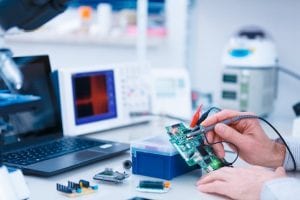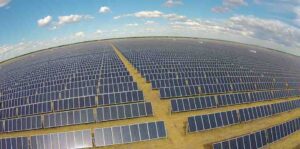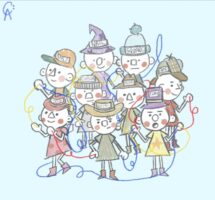Australian researchers have found that advances in nanomaterial technologies could be the key to lower cost and more durable next generation solar cells that are easier to manufacture than conventional silicon-based solar technologies.
The research team, based at the Australian Institute for Bioengineering and Nanotechnology at the University of Queensland, used nanomaterials to improve the efficiency of next-generation perovskite solar cells to a level on par with conventional silicon-based solar cells.
While silicon based solar cells currently dominate the solar market – due to significant advantages when it comes to durability – next generation perovskite solar cells, which have the potential to be manufactured with less complexity could be a gateway to further reductions in renewable energy costs.
“Silicon-based solar cells remain the dominant first-generation product making up 90 per cent of the market, but demand was high for cells that could be manufactured without their high prices and complexity,” professor Joe Shapter said.
“Among the next-generation technologies, perovskite solar cells have attracted enormous attention because of their high efficiency and ease of fabrication.”
“Our research contributes to intensive efforts to develop various types of solar cells with the aim of realising efficient, stable and low-cost replacements for present silicon-based technology.”
One of the challenges to the widescale use of perovskite solar cells has been their durability, with current cell designs prone to significant degradation, making them unsuitable for large-scale commercial deployment.
“The technology has undergone unprecedented rapid development in recent years. But the new generation of solar cells still have some drawbacks such as poor long-term stability, lead toxicity and high material costs,” Shapter added.
“Our research contributes to intensive efforts to develop various types of solar cells with the aim of realising efficient, stable and low-cost replacements for present silicon-based technology.”
It has been this challenge that has been the focus of researchers, and the University of Queensland research team found that significant improvements could be achieved through the use of nanomaterials.
The UQ research team found that by “doping” nanomaterials used in perovskite solar cell production with cesium, significant improvements in the efficiency of the resulting solar cells and their thermal stability were achieved.
The results of the research have been published in the journal Cell Reports Physical Science, and show that by using the doped nanomaterials that a solar conversion efficiency of 21.57 per cent was achieved.
Associate Professor Yun Wang from Griffith University, who collaborated on the study by contributing modelling of the interactions of the materials used in the perovskite cells, suggested the research results were a positive step forward for the next generation solar technologies.
“Our results explain how doped cells can greatly improve the energy conversion efficiency and lifetime of solar cells observed from the [Australian Institute for Bioengineering and Nanotechnology] experiments,” Dr Wang said.
Several Australian research institutions are currently undertaking research into perovskite solar cell designs, likewise working on improvements to durability and conversion efficiencies.
As perovskite and silicon solar cells can absorb energy from different parts of the solar spectrum, they have the potential to be layered on top of one another to achieve even greater combined conversion efficiencies.
Last year, researchers at the Australian National University set a new efficiency record for the “tandem” solar cells, which combined traditional silicon solar cells and perovskite solar cells to achieve a combined efficiency of 27.7 per cent.
Another ANU research team was able to combine similar tandem solar cells with electrolysis technologies that are able to use solar energy to produce hydrogen from water. The research team, which published its findings in July, said that integrating the different innovations into a single package had the potential to significantly reduce the costs of renewable hydrogen production.









